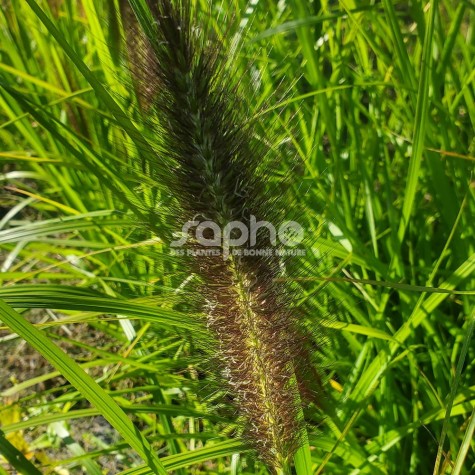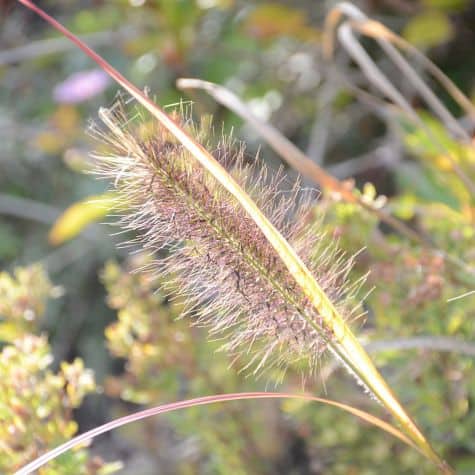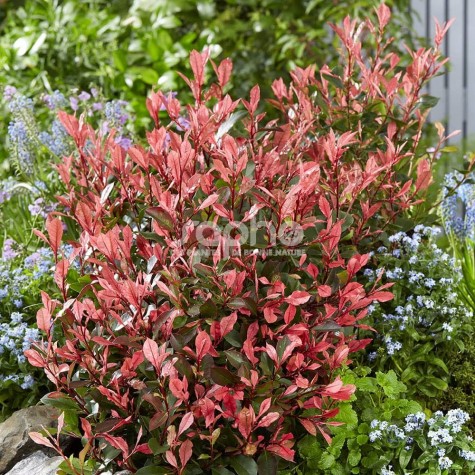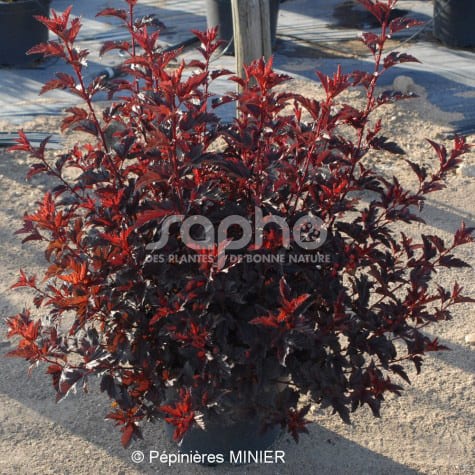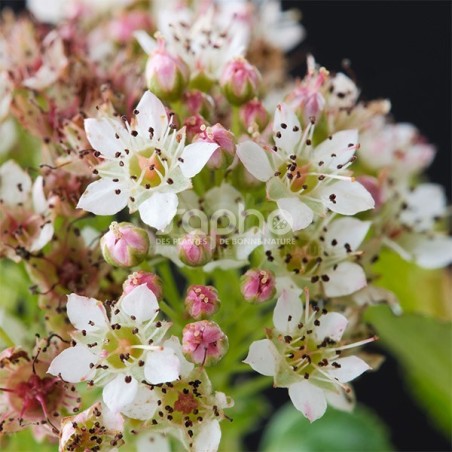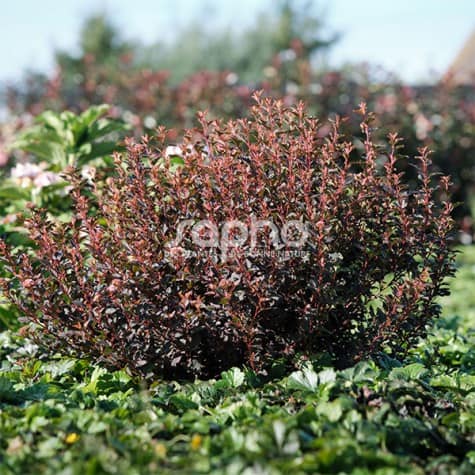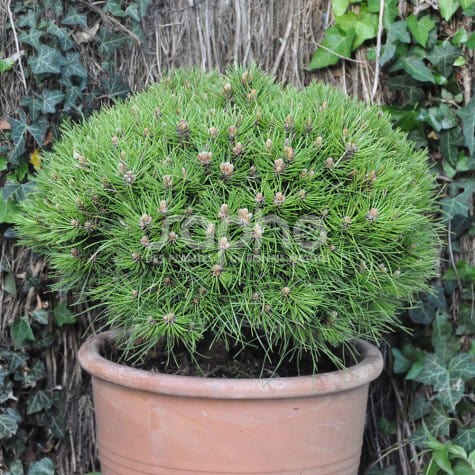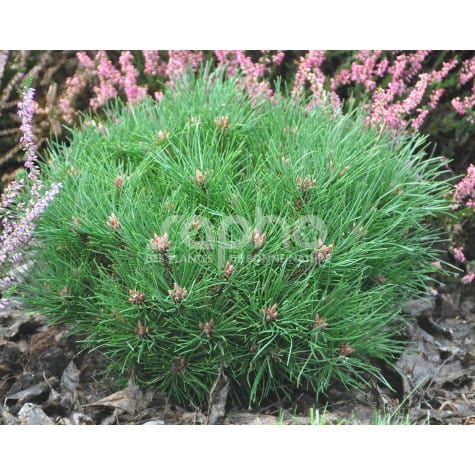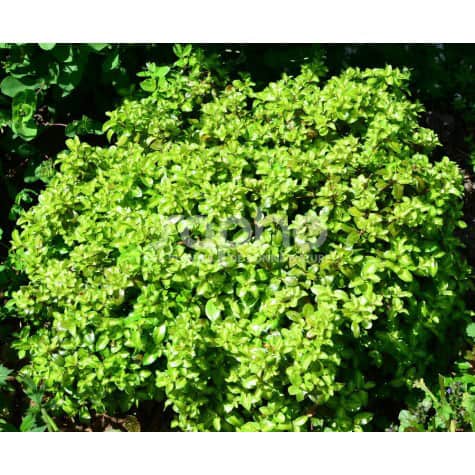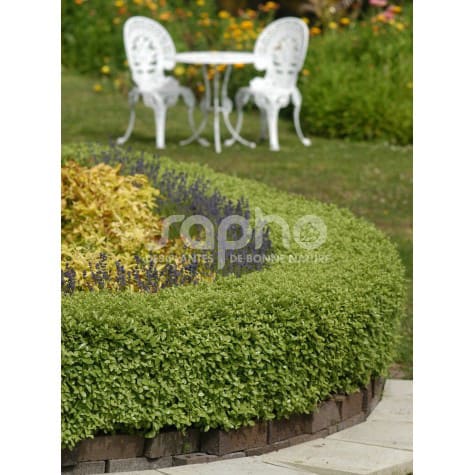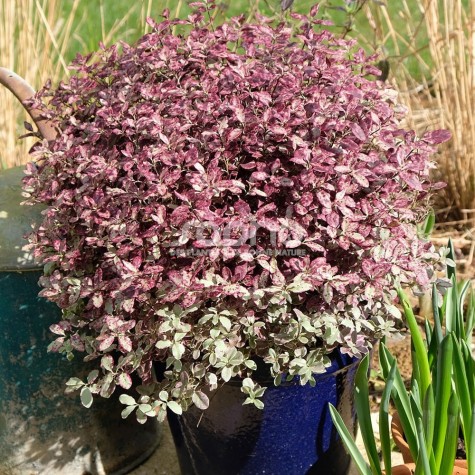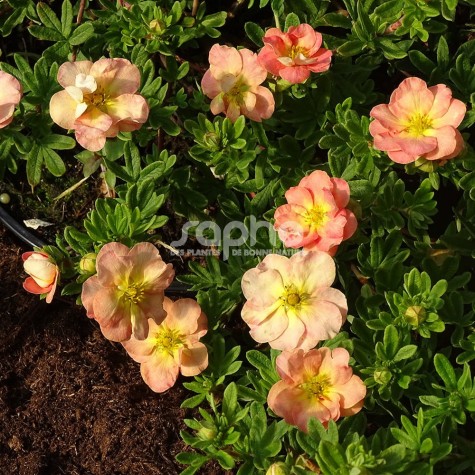Charming black panicles contrasting with a green foliage
This variety of pennisetum has large, red-tinged spikes that turn purple-black.
The spikes appear abundantly, covering the entire plant from summer to late autumn.
It forms a rounded clump with narrow, glossy green foliage.
Use in beds, in association with other perennials or shrubs.
Where to find Sapho plants ?
For young plants
You will find the names of Sapho-licensed nurserymen at the bottom of each variety sheet.
For available plants
Please ask your nursery suppliers.
Each licensed propagator is free to market his young plants to all his customers.
Categories
Menu
All our varieties
Red-purple green foliage, an original color for a Pennisetum!
This perennial grass's foliage takes on magnificent red hues in late summer and autumn.
Its early flowering remains decorative all summer long, in the form of large spikes.
It has a compact habit, is hardy and requires little water.
It adapts perfectly in combination, in a bed, rockery or tub.
A tiny Photinia full of energy! Made for balconies or low hedges
This variety of photinia is particularly compact and dense-growing, with sturdy stems.
Its dark green foliage contrasts with the bright pink young shoots.
An easy-care plant, it bears pruning well and branches well.
Perfect for pots, balconies or low hedges.
The most dense and the darkest of the Physocarpus with purple foliageALL BLACK® is remarkable because of the colours of its dense foliage: in spring the young shoots are of a beautiful bright red-purple. The leaves then take on a darker shade, turning nearly black.It has a round, bushy, well branched growth. Its dimensions stay very moderate.The small ball shaped, white inflorescences bloom from May to June.They are followed by red fruits in summer. Having a dense shape, the shrub is ideal for small containers, smaller gardens, and border creations.
A physocarpus with golden foliage
Raspberry Lemonade® is a highly flowering, melliferous physocarpus variety with a compact, upright habit and dense branching that doesn't spread.
Its fine, golden-green leaves do not burn in the sun. Its white blossoms are followed by small, brightly-colored coral-red fruits.
It's an easy plant, requiring little maintenance or pruning.
A shrub with cheering flowers in late summer!
Sweet Cherry Tea® is a highly flowering, melliferous physocarpus variety with a compact, upright habit and dense branching that doesn't spread.
Its fine leaves are brightly colored, evolving from orange-red spring foliage to purple. Its dark pink flower buds bloom light pink, with a mid-summer flush of flowers.
It's an easy plant, requiring little maintenance or pruning.
A beautiful regular ball of 0,80 m high (fully grown).
Growth rate is 5 - 9 cm per year, slower than 'Pierrick Bregeon'.
Forms a compact dense mound.
Light green needles of up to 10 cm, can naturally and slightly turn yellow in winter. Spiraling needles at maturity. Viability of the needles: 3 to 4 years.
Small grey buds with a pointy tip
No resin production.
Like all the other varieties of the pine range, registered by H. BREGEON, its reduced growth allows this pine to be grown in pots, on terraces and on balconies, as well as in small modern gardens.
Bambino®, the smallest of the range.
The smallest variety (0.50 m fully grown) and of slowest growth rate.
The dark green needles stay on for 2 to 3 years.
Pointed buds.
Very slight resin production.
Like all the other varieties of the pine range, registered by H. BREGEON, its reduced growth allows this pine to be grown in pots, on terraces and on balconies, as well as in small modern gardens.
A golden ball for low hedges or in isolationThe variety 'Golden Ball' has very brilliant golden foliage. In its period of growth, its young golden-yellow leaves contrast with the older yellow-green leaves edged with a stronger green.Coming from the same breeding than Pittosporum tenuifolium 'Golf Ball', 'Golden Ball' has the same qualities: very dense, it naturally forms a ball of less than one meter. Fast-growing and branching from the base, it can be pruned. 'Golden Ball' is ideal for small spaces and low hedges as well as in pots and for topiary.As it is resistant to drought, wind and seaspray, it provides an alternative to box in temperate and Mediterranean areas. In May and June its small discreet violet-coloured flowers smell of honey.
Recommended for its low, naturally ball shaped growthThis cultivar originates from New Zealand.?Golf Ball? has a very round shape, not more than 1 m in dimension. It grows rapidly and stands out by its dense branches from the base upwards.Its evergreen foliage is light green.Discrete violet-brown flowers appear in Mai and June. The have a scent of honey but are of no decorative interest. 'Golf Ball' resists rather well to drought, and to temperatures of -5 to -10° C. It is excellent for the sea side because it accepts mist and wind.Recommended for small areas and low hedges, it is also suitable for pots and as topiary, like box.
Fantastic foliage in perpetual evolution
The Bannow Bay variety is a natural mutation of the Pittosporum Tom Thumb.
Its very dense foliage has evolving colors: olive green edged with white in spring, then splashed with pink and finishing in a beautiful shade of purple when the cold arrives.
Its natural, round clump growth requires little or no pruning.
This shrub adapts perfectly to mild climates, in the garden or in pots on a balcony or terrace.
A new colour in the serie of the compact and abundantly flowering Potentilla!
This variety blooms abundantly and continuously all summer long, with single flowers in peachy-salmon hues.
Its shape is naturally compact, ball-shaped and requires no pruning.
This plant is easy to grow and hardy.
It is ideal for pots, terraces or containers.

